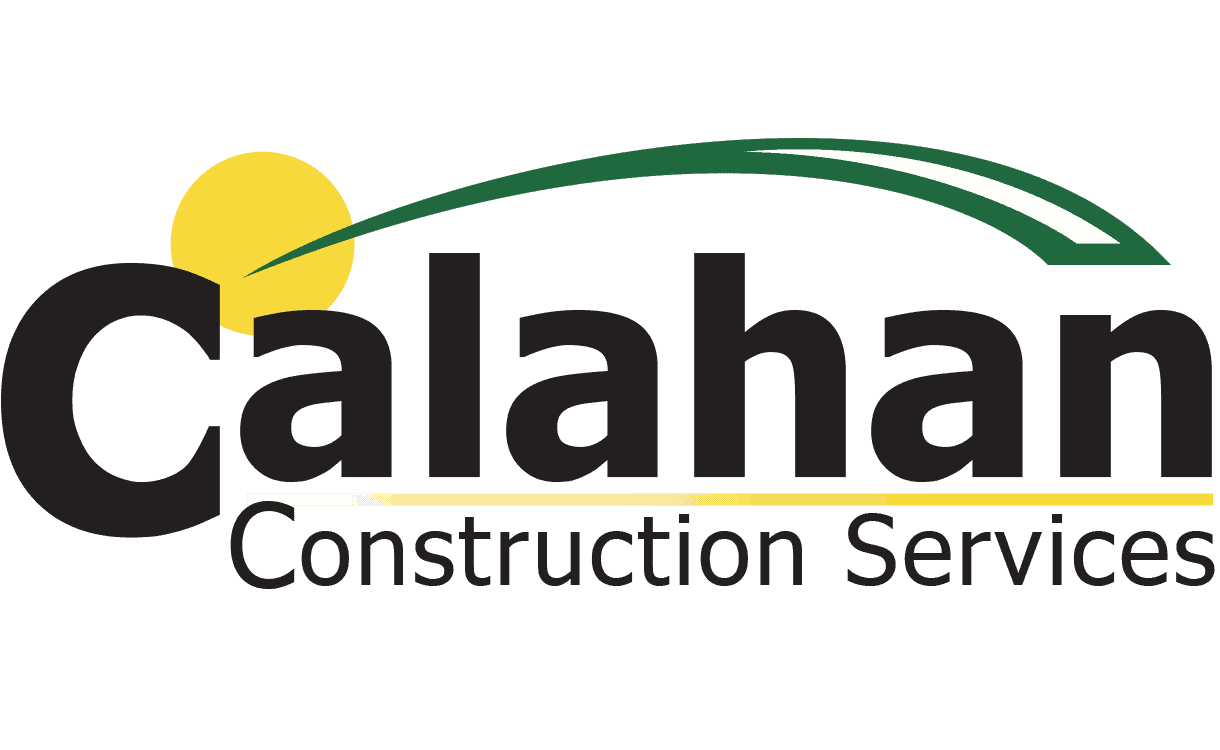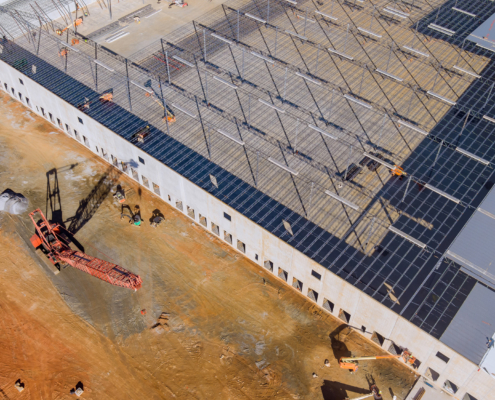 https://www.calahan.com/wp-content/uploads/2025/07/Key-Considerations-Before-Starting-a-Warehouse-Expansion.jpg
1250
2000
AbstraktMarketing
/wp-content/uploads/2021/02/ccs_logo_full.png
AbstraktMarketing2025-07-09 07:13:192025-10-03 14:24:33Key Considerations Before Starting a Warehouse Expansion
https://www.calahan.com/wp-content/uploads/2025/07/Key-Considerations-Before-Starting-a-Warehouse-Expansion.jpg
1250
2000
AbstraktMarketing
/wp-content/uploads/2021/02/ccs_logo_full.png
AbstraktMarketing2025-07-09 07:13:192025-10-03 14:24:33Key Considerations Before Starting a Warehouse ExpansionHow Commercial Addition Planning Impacts Property Value
If you’re exploring ways to increase your property’s worth, you’re not alone. Many investors, owners, and developers look to strategic construction upgrades to strengthen returns. Careful commercial addition planning doesn’t just expand square footage. It’s a smart move that can dramatically enhance long-term property value and appeal.
Types of Commercial Facilities That Can Benefit From an Addition
Commercial additions aren’t one-size-fits-all. From office buildings to warehouses, almost every property type can realize substantial gains through strategic expansion. Understanding where additions make sense helps clarify how to pursue increasing property value.
Office Buildings
Adding more office space is a common strategy for owners in urban or growing suburban areas. Whether it’s expanding an existing floor plate, adding stories, or building connected annexes, these commercial building additions allow landlords to accommodate more tenants or offer premium layouts. This directly increases gross leasable area (GLA), leading to higher rental income potential and stronger commercial addition property value in future appraisals.
Warehouses and Industrial Facilities
Warehouse and distribution centers often need more space to support logistics or light manufacturing operations. Through smart commercial addition planning, owners can add rear loading bays, lateral extensions for new racking systems, or even vertical mezzanines. The increased operational capability makes these properties more attractive to tenants and buyers looking for modern supply chain solutions.
Medical Centers and Clinics
Healthcare facilities frequently pursue expansions to integrate new treatment areas, surgical suites, or administrative offices. A well-executed addition not only draws higher-paying specialties but also ensures compliance with evolving healthcare standards. These additions often come with long-term leases, stabilizing income and boosting property value in a highly sought-after asset class.
Retail and Mixed-Use Developments
For retail and mixed-use buildings, additions may involve new storefront wings or upper-story residential units. These projects diversify income streams while revitalizing curb appeal, ultimately driving higher valuations. As market demand shifts, these properties stay competitive by offering flexible, updated space that tenants and consumers want.
Appraisals and Commercial Addition Planning
Any discussion about commercial addition planning and ROI has to include appraisals. The property’s future market value hinges on how additions influence critical appraisal metrics.
- Income Approach Implications: Appraisers often look at how your addition increases potential rental income. More leasable square footage typically means higher income, which appraisers capitalize on to estimate value.
- Cost Approach Considerations: Appraisers may also examine the replacement cost of your enhanced building, less depreciation. A well-built addition adds tangible improvements that factor positively into this approach.
- Sales Comparison Angle: They’ll compare your expanded property to similar recently sold properties. If additions are in line with local demand, your upgraded building may command a premium.
- Documentation Matters: Keep detailed records of construction costs, permits, and any new tenant agreements. These documents make it easier for appraisers to validate the value your addition brings.
Understanding these appraisal factors early in the planning stage ensures your investment in a commercial building addition pays off in both cash flow and overall valuation.
The Advantages of Commercial Addition Planning
Effective commercial addition planning is about strategically shaping your asset to maximize returns. Done right, these projects can transform underperforming properties into high-demand assets.
Increasing Leasable Square Footage
One of the most straightforward yet powerful benefits of commercial addition planning is the ability to grow your leasable square footage. More rentable area means you can attract additional tenants or upsize contracts with current occupants who may want more space. This directly raises your net operating income (NOI), the foundation for most income-based valuations.
Whether you’re adding premium office suites, expanded retail wings, or extra warehouse racking floors, maximizing gross leasable area (GLA) is critical. As your NOI rises, so does your overall property value, making increased square footage one of the most reliable routes to higher returns.
Improving Curb Appeal
While additional space is important, first impressions are just as crucial. A well-planned commercial addition helps extend your building and revitalizes the property’s entire exterior. Modern façades, stylish entrances, fresh signage, and updated landscaping tied to the expansion can dramatically improve visual impact. Tenants and customers alike are drawn to properties that appear professional, updated, and inviting.
This elevated curb appeal often results in higher demand, letting owners secure stronger lease terms or justify rental rate increases. These aesthetic enhancements boost market perception, making your asset stand out and driving tangible gains in commercial addition property value.
Enhancing Functionality
Beyond aesthetics and raw square footage, strategic commercial additions tackle operational challenges that might have previously limited the property’s performance. For example, adding more loading docks at a warehouse speeds up shipping logistics, while new exam wings at a medical center reduce scheduling bottlenecks. Such improvements increase efficiency and tenant satisfaction, making the facility more competitive.
Enhanced functionality can also allow for more diverse uses or specialized services that command premium rents. As a result, these upgrades help strengthen day-to-day operations and secure longer lease commitments, directly bolstering long-term commercial building addition ROI and market value.
Meeting Zoning Maximization Thresholds
In many commercial zones, municipalities allow property owners to build up to a defined floor area ratio (FAR), which governs the total buildable space relative to the lot size. Smart commercial addition planning ensures your property reaches its zoning potential, avoiding underutilized land that may deter future investors.
Maximizing FAR through additions makes your site more attractive by demonstrating that it fully capitalizes on local development allowances. This strategic use of zoning entitlements doesn’t just add space—it builds in intrinsic value, reassuring buyers and lenders that the property is leveraged to its highest and best use.
Building for the Market’s Future
The most valuable commercial properties are designed and built to meet tomorrow’s demands. A thoughtful commercial addition might incorporate flexible floor layouts, sustainable materials, high-clear warehouse ceilings, or infrastructure for electric vehicle charging, all of which future-proof your asset. As tenant preferences and industry standards evolve, properties that already offer these features maintain occupancy and command top rents.
This forward-looking approach protects your asset’s competitiveness and stabilizes income streams over time, making it a powerful strategy for increasing property value. Building for the future ensures your addition continues to drive ROI well into the next market cycle.
Discover how a well-planned building addition can elevate your commercial facility’s value and functionality.
Understanding Cap Rates for Commercial Additions
To truly grasp how commercial addition planning impacts value, you need to understand capitalization rates, or cap rates. This key metric ties together income and market value, shaping investor perceptions of risk and return.
Cap rates represent the ratio of a property’s annual net operating income to its current market value. When you execute an addition that raises NOI by leasing more space at market rents, you’re effectively compressing the cap rate, which increases the asset’s valuation.
How Cap Rates Influence Value
Even modest improvements in NOI can lead to substantial value gains at prevailing market cap rates. For instance, adding $50,000 in annual NOI at a 6% cap rate can push property value up by over $800,000. This is why meticulous commercial addition planning focuses not just on construction costs, but also on long-term income impacts.
Aligning With Market Expectations
Different property types have different typical cap rates based on perceived risk. A well-planned addition that makes your property more comparable to high-demand assets—like modern office parks or distribution hubs—can help achieve lower cap rates, thereby lifting value.
Risk Reduction Through Planning
Investors and lenders closely examine how additions integrate with existing structures and tenants. Thoughtful planning reduces operational risk, which in turn justifies stronger valuations. By collaborating with experienced construction partners, you can ensure your addition enhances the property’s stability, not just its size.
Potential Resale Implications for Investors, Developers, and Owner-Occupants
Whether you’re planning to hold, sell, or refinance, a commercial addition can dramatically influence the future financial trajectory of your property.
Positioning for Higher Sale Prices
For investors eyeing a medium-term exit, additions can significantly raise a property’s market position. With increased leasable space and modern amenities, the property appeals to a broader pool of buyers and commands a premium. This is especially true in competitive markets where buyers are seeking turnkey assets with strong income histories.
Boosting Long-Term ROI
Owner-occupants and developers often look at how additions protect cash flow and ensure sustained property appreciation. Strategic expansions mean you’re building for tomorrow’s tenant demands, reducing vacancy risks. This stability directly supports long-term ROI, making the initial investment in commercial addition planning worthwhile.
Attracting Institutional Buyers
Larger, stabilized properties that have been professionally expanded often attract the attention of institutional investors. These buyers prioritize predictable income streams and prefer properties with optimal zoning. By leveraging careful planning, you set the stage for a smoother disposition when the time comes to sell.
Plan Your Commercial Building Addition With Calahan Construction
Strategic commercial addition planning can be one of the most powerful tools in your investment toolkit for increasing property value. By adding the right type of space, whether for offices, warehousing, or medical services, you boost immediate cash flow and dramatically enhance your asset’s long-term worth.
Calahan Construction specializes in tailored commercial building addition projects that align with your operational goals and market expectations. From concept to completion, their expert team ensures your property stands out, drives stronger appraisals, and maximizes ROI. Reach out today to start transforming your facility into a high-value performer.
Share This Post
More Like This
 https://www.calahan.com/wp-content/uploads/2025/07/Key-Considerations-Before-Starting-a-Warehouse-Expansion.jpg
1250
2000
AbstraktMarketing
/wp-content/uploads/2021/02/ccs_logo_full.png
AbstraktMarketing2025-07-09 07:13:192025-10-03 14:24:33Key Considerations Before Starting a Warehouse Expansion
https://www.calahan.com/wp-content/uploads/2025/07/Key-Considerations-Before-Starting-a-Warehouse-Expansion.jpg
1250
2000
AbstraktMarketing
/wp-content/uploads/2021/02/ccs_logo_full.png
AbstraktMarketing2025-07-09 07:13:192025-10-03 14:24:33Key Considerations Before Starting a Warehouse Expansion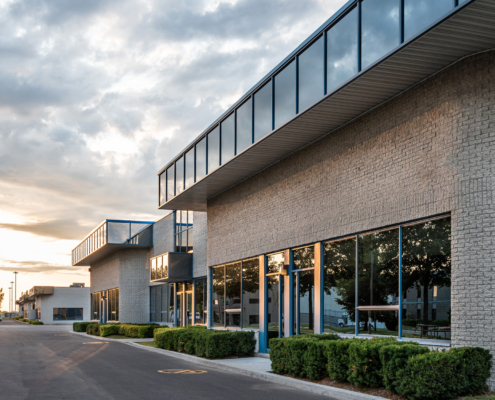 https://www.calahan.com/wp-content/uploads/2025/06/Questions-to-Ask-When-Considering-Commercial-Addition-Planning.jpg
1250
2000
AbstraktMarketing
/wp-content/uploads/2021/02/ccs_logo_full.png
AbstraktMarketing2025-06-12 14:39:562025-10-03 14:24:33Questions to Ask When Considering Commercial Addition Planning
https://www.calahan.com/wp-content/uploads/2025/06/Questions-to-Ask-When-Considering-Commercial-Addition-Planning.jpg
1250
2000
AbstraktMarketing
/wp-content/uploads/2021/02/ccs_logo_full.png
AbstraktMarketing2025-06-12 14:39:562025-10-03 14:24:33Questions to Ask When Considering Commercial Addition Planning  https://www.calahan.com/wp-content/uploads/2025/06/Types-of-Commercial-Building-Additions-Which-Is-Right-for-Your-Business.jpg
1250
2000
AbstraktMarketing
/wp-content/uploads/2021/02/ccs_logo_full.png
AbstraktMarketing2025-06-12 14:32:132025-10-03 14:24:34Types of Commercial Building Additions: Which Is Right for Your Business?
https://www.calahan.com/wp-content/uploads/2025/06/Types-of-Commercial-Building-Additions-Which-Is-Right-for-Your-Business.jpg
1250
2000
AbstraktMarketing
/wp-content/uploads/2021/02/ccs_logo_full.png
AbstraktMarketing2025-06-12 14:32:132025-10-03 14:24:34Types of Commercial Building Additions: Which Is Right for Your Business?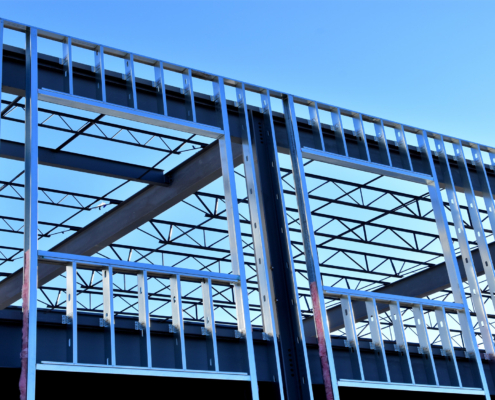
Strategies to Reduce Downtime During Your Commercial Construction Project
Commercial Constuction, Remodel/Renovation
What You Should Know About Commercial Building Codes Before an Addition
Additions, Commercial Constuction https://www.calahan.com/wp-content/uploads/2025/04/How-to-Build-Your-Commercial-Expansion-Budget.jpg
1250
2000
AbstraktMarketing
/wp-content/uploads/2021/02/ccs_logo_full.png
AbstraktMarketing2025-04-03 05:57:532025-10-03 14:24:35How to Build Your Commercial Expansion Budget
https://www.calahan.com/wp-content/uploads/2025/04/How-to-Build-Your-Commercial-Expansion-Budget.jpg
1250
2000
AbstraktMarketing
/wp-content/uploads/2021/02/ccs_logo_full.png
AbstraktMarketing2025-04-03 05:57:532025-10-03 14:24:35How to Build Your Commercial Expansion Budget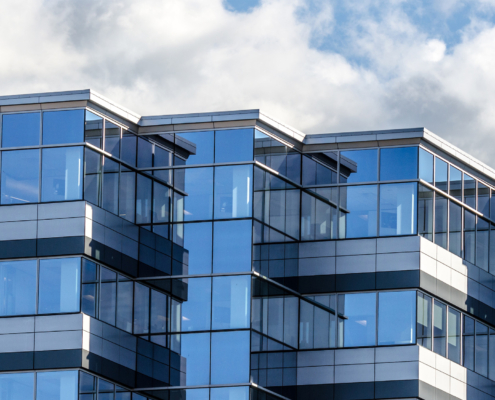 https://www.calahan.com/wp-content/uploads/2025/03/How-Commercial-Building-Additions-for-Scalability-Future-Proof-Your-Business.jpg
1250
2000
AbstraktMarketing
/wp-content/uploads/2021/02/ccs_logo_full.png
AbstraktMarketing2025-03-31 10:23:032025-10-03 14:24:35How Commercial Building Additions for Scalability Future-Proof Your Business
https://www.calahan.com/wp-content/uploads/2025/03/How-Commercial-Building-Additions-for-Scalability-Future-Proof-Your-Business.jpg
1250
2000
AbstraktMarketing
/wp-content/uploads/2021/02/ccs_logo_full.png
AbstraktMarketing2025-03-31 10:23:032025-10-03 14:24:35How Commercial Building Additions for Scalability Future-Proof Your Business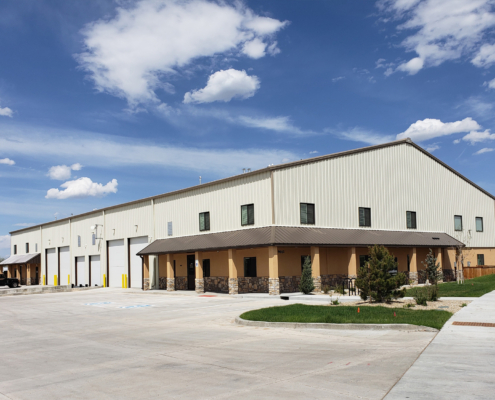 https://www.calahan.com/wp-content/uploads/2025/03/A-Planning-Checklist-for-Your-Commercial-Construction-Project.jpg
1250
2000
AbstraktMarketing
/wp-content/uploads/2021/02/ccs_logo_full.png
AbstraktMarketing2025-03-28 14:10:042025-10-03 14:24:36A Planning Checklist for Your Commercial Construction Project
https://www.calahan.com/wp-content/uploads/2025/03/A-Planning-Checklist-for-Your-Commercial-Construction-Project.jpg
1250
2000
AbstraktMarketing
/wp-content/uploads/2021/02/ccs_logo_full.png
AbstraktMarketing2025-03-28 14:10:042025-10-03 14:24:36A Planning Checklist for Your Commercial Construction Project https://www.calahan.com/wp-content/uploads/2025/03/Scaffold-sheeting-net-wrapped-apartments-building-during-insulation.jpg
1250
2000
AbstraktMarketing
/wp-content/uploads/2021/02/ccs_logo_full.png
AbstraktMarketing2025-03-28 07:04:432025-10-03 14:24:36The Advantages of Building Expansions for Growing Businesses
https://www.calahan.com/wp-content/uploads/2025/03/Scaffold-sheeting-net-wrapped-apartments-building-during-insulation.jpg
1250
2000
AbstraktMarketing
/wp-content/uploads/2021/02/ccs_logo_full.png
AbstraktMarketing2025-03-28 07:04:432025-10-03 14:24:36The Advantages of Building Expansions for Growing Businesses
